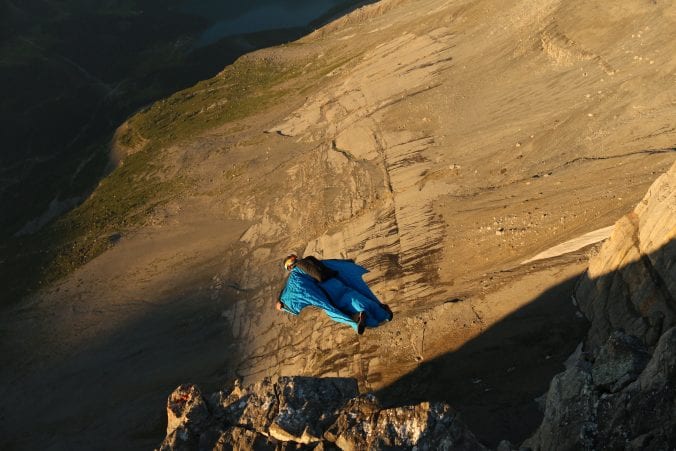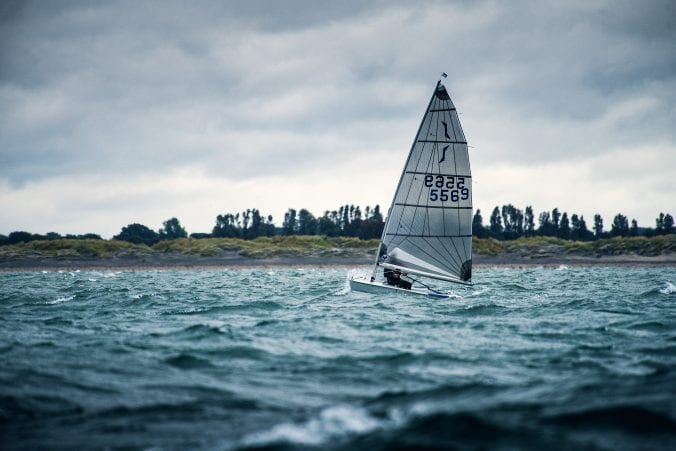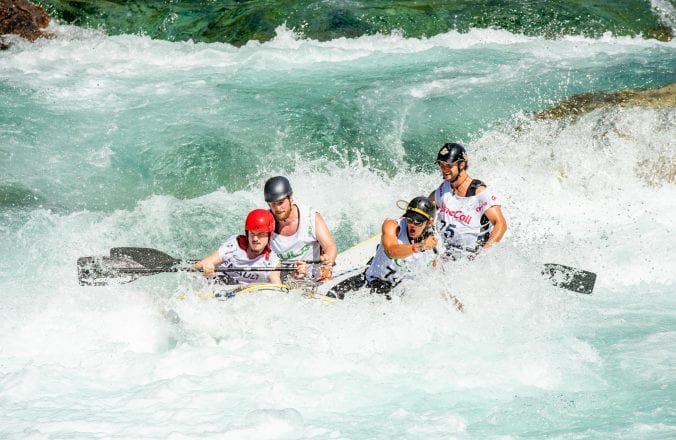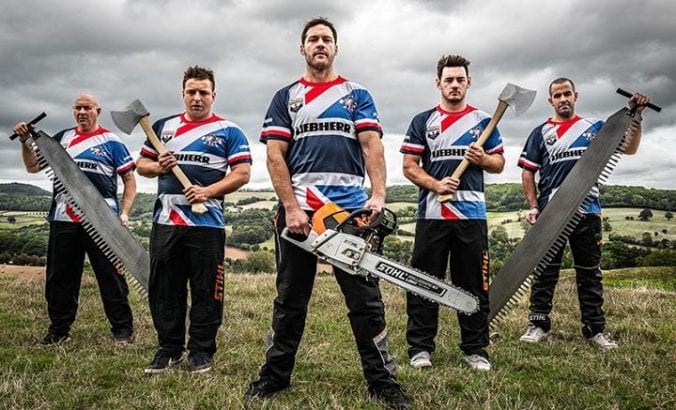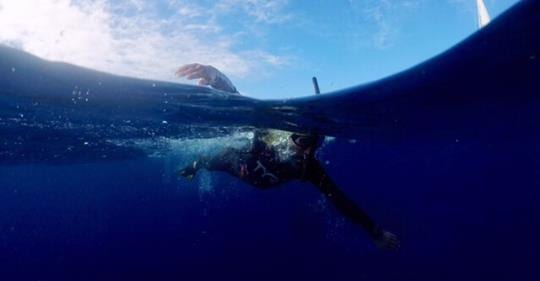Ailsa Harvey
The extreme sport of BASE jumping derives from skydiving and involves jumping from fixed objects as opposed to jumping from a plane, high in the sky. This element makes the sport even more dangerous as there is less time to complete the jump from the lower altitude.
Participants in this sport leap from their chosen structure, and free-fall to the ground below. They aim to deploy their safety parachute at the last possible moment. With the high risk involved and the small margin for error, it is clear to see how the sport has earned its extreme sport title. B.A.S.E is an acronym, standing for the four categories of fixed objects BASE jumpers can use:
B- Buildings
A- Antennas
S- Spans (bridges)
E- Earth (cliffs)
